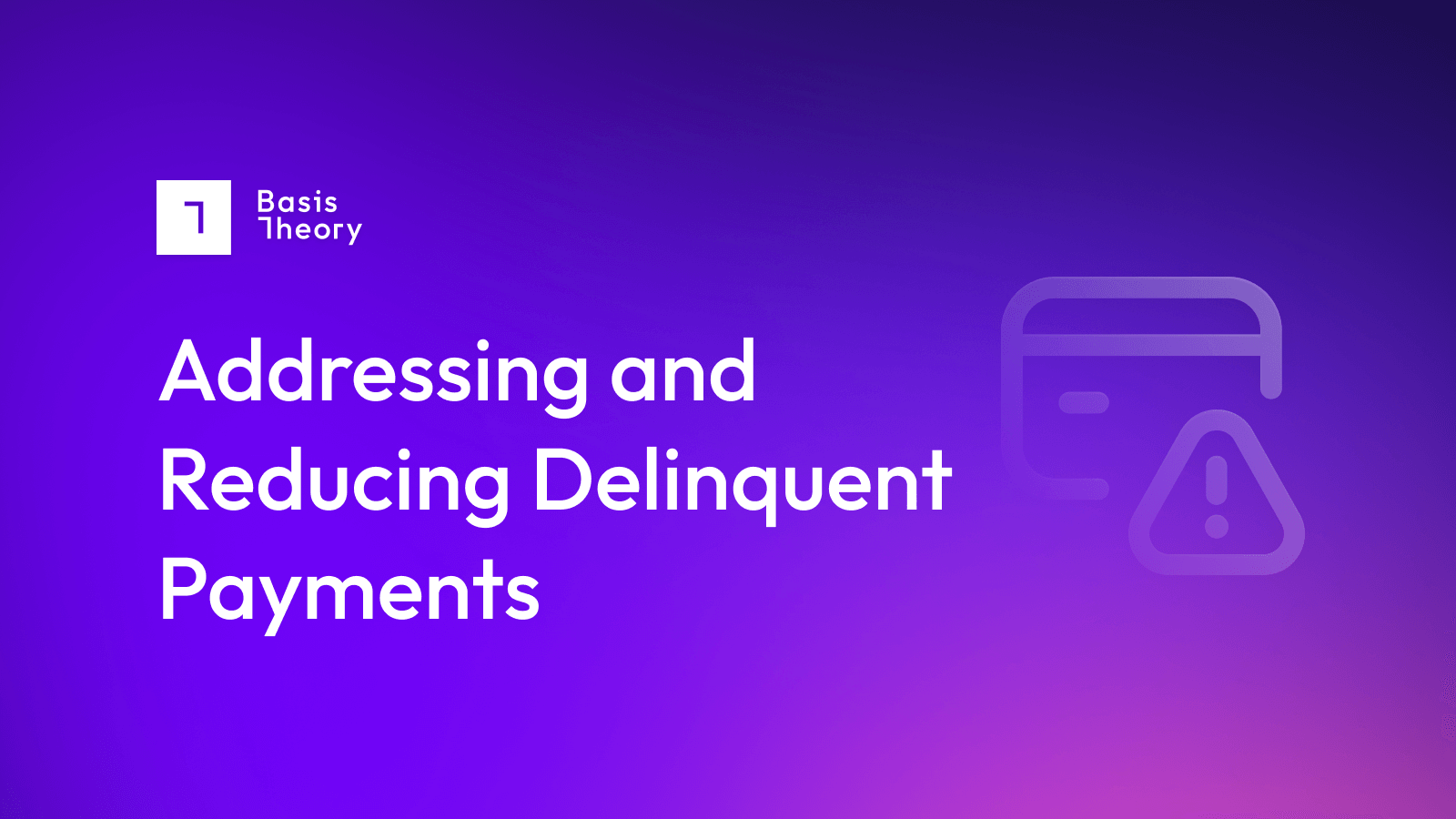Becoming a Payment Facilitator

Today’s online economy counts one of its greatest successes as the emergence of the vertical software-as-a-service (VsaaS) model: platforms that go beyond their core purpose to smooth the way for their customers to operate and grow.
Just as Amazon offers storage and delivery services to independent merchants, VSaaS platforms offer their customers a connection to the payments ecosystem so they can smoothly charge their own customers, or pay their suppliers and partners. Acting as the intermediary between customers and banking systems is called being a payment facilitator.
What does a payment facilitator do?
For all the syllables in the name, a payment facilitator is a company that connects its customers to the global financial system. In fact, the term is rather broad, and many businesses, offering a broad range of services, can lay claim to it.
The first payment facilitators, or payfacs as they’re more commonly known, partnered with individual banks and made it easier for their common customers to interact without building integrations into the bank’s systems. In fact, they were the earliest examples of payment service providers (PSPs), disintermediating the tricky process of getting businesses and banks to exchange information so that customers could buy things online securely.
Today’s payfacs tend to do more, offering services to customers who are then connected to a range of downstream providers and partners. If you think of a payfac as a company that simply shares its payment systems, you’ve pretty much got the idea!
Unlike most traditional PSPs, which help their customers source their own merchant accounts and put them into use, VSaaS payment facilitation generally allows a merchant to share a common account with another merchant on the platform.
More practically, a payfac makes it easy for merchants to interact with the broader payments ecosystem, despite it not being their core area of expertise. For instance, a SaaS financial package might offer payfac services to their customers, allowing them to both pay and receive payments electronically—even though they do not want to invest in building their own systems. In return for making this valuable service available, the payfac charges a fair fee.
Becoming a Payment Facilitator
There are four fundamental elements to building a payment facilitation program:
- Underwriting/Onboarding: Because their customers will be using a shared merchant account, the payfac must undertake excellent onboarding processes including KYC (know your customer) and credit evaluations. This protects the shared account from poor credit risks or customers who might try to game the system.
- Transaction Monitoring: The payment facilitator is responsible for all the transactions that occur on the shared account, so they need to not only execute standard security processes on each one, but must also look for unsavory trends.
- Payouts & Treasury Management: Because all transactions occur on the shared account, monies are initially credited to the payfac, who then disburses them to their customer. Depending on the type of service being offered, the payfac may transfer funds instantly, in batch overnight, or after a predetermined delay. These delays may vary depending on circumstances or the service being offered.
- Chargeback Management: Because so many organizations are effectively sharing a single merchant account, the payfac must strictly manage the chargeback rate: going above the thresholds set by card networks can increase costs and even, potentially, result in the cancellation of the account. Given that chargeback ratios are based on the volume, not the volume, of transactions, merchants executing smaller dollar-value deals require more attention than their higher-value peers.
That said, becoming a payment facilitator can be a highly valuable service, particularly within a B2B SaaS offering, to generate meaningful revenue opportunities at relatively low risk.
Payment Facilitators are Everywhere
Most consumers don’t think about it, but they often interact with payment facilitators. Any consumer who has purchased from a Shopify site may well have paid through Shopify, for instance; and because they have done so, their payment details are stored centrally for an easy checkout from the next Shopify merchant they buy from.
The same goes for other marketplace companies. When interacting with establishments like gyms and restaurants, the vendors who originally sold membership management and reservations systems now also offer payment facilitation services.
For merchants who want to focus on their core capabilities, working with a provider that offers payment facilitation makes a lot of sense. They are essentially hiring an expert to ensure their customers can access the payments ecosystem effortlessly while adding a revenue stream to their business.
The key to operating as a payment facilitator is to take control of the payment system, ensuring the ability to securely collect, store, and submit payment details to various payment gateways and providers on behalf of customers. It makes sense in this situation to contract with a programmable payment vault, which takes care of the resource-intensive PCI-DSS compliance, providing a secure token that the payfac can use to associate the consumer with relevant merchants, and to move monies between customers.
Using a payment vault abstracts the cardholder data so that it can be used reliably across customers and with a very low risk of interception or leakage. It also supports the development and use of sophisticated PSP arbitraging to reduce costs, as well as broad, merchant-account-wide tracking and analysis to reduce chargeback risk.
For VSaaS platforms preparing to become payment facilitators, consider an infrastructure partner who gives back control instead of taking it. The time is now.
.png?width=365&height=122&name=BTLogo%20(1).png)




.png?width=50&name=tilled_revision_version%202_transparant%20for%20dark%20background%20(1).png)